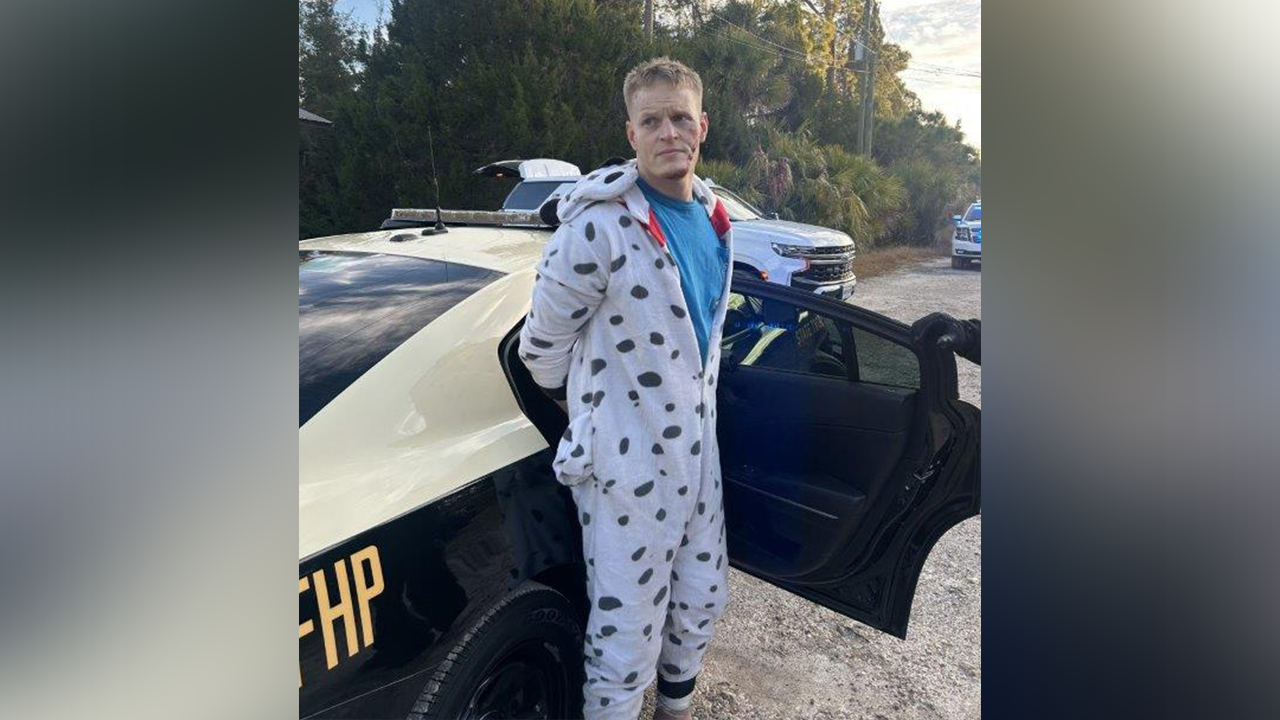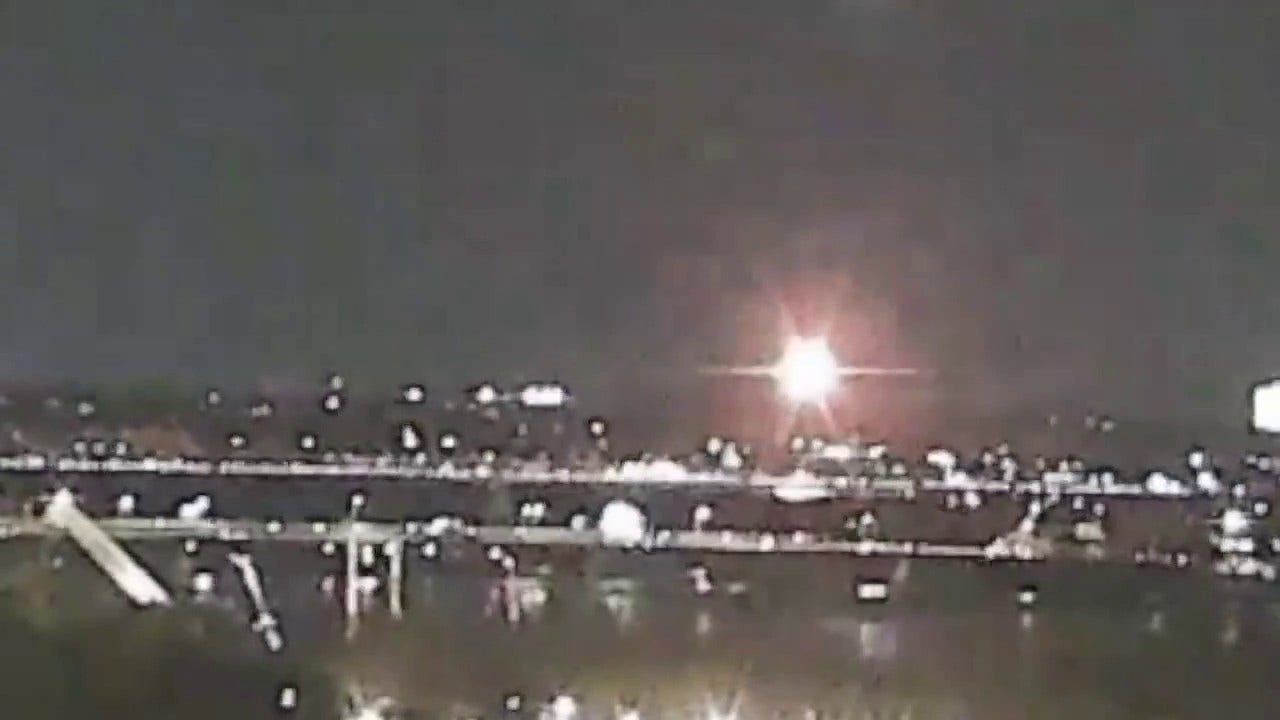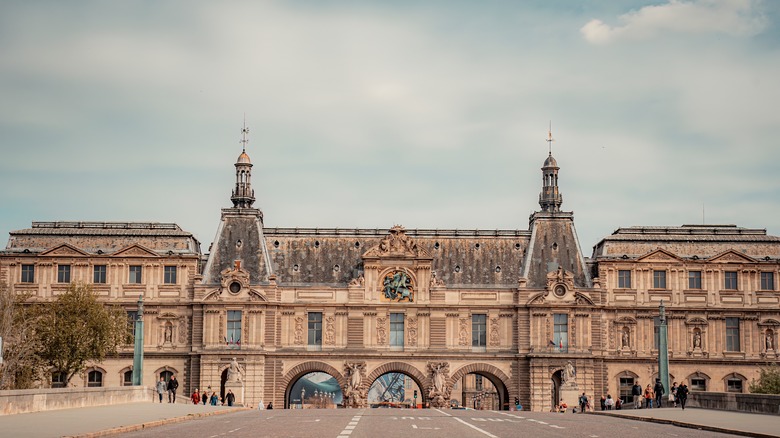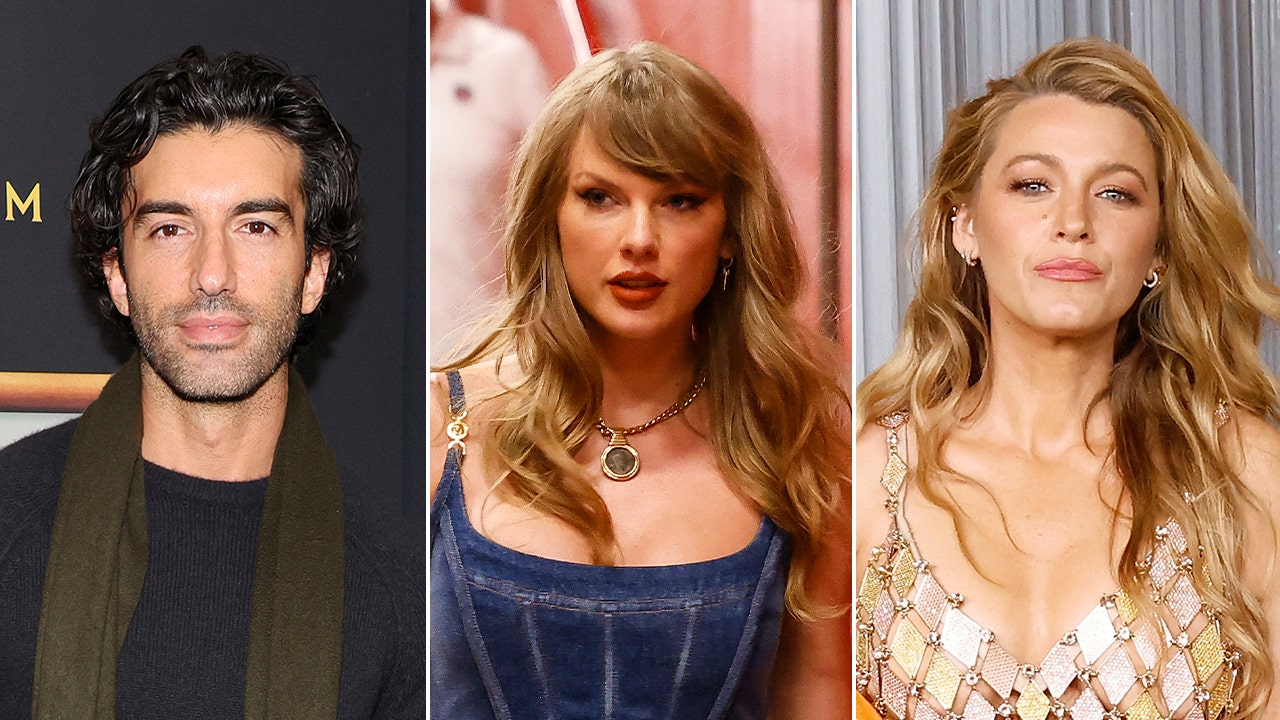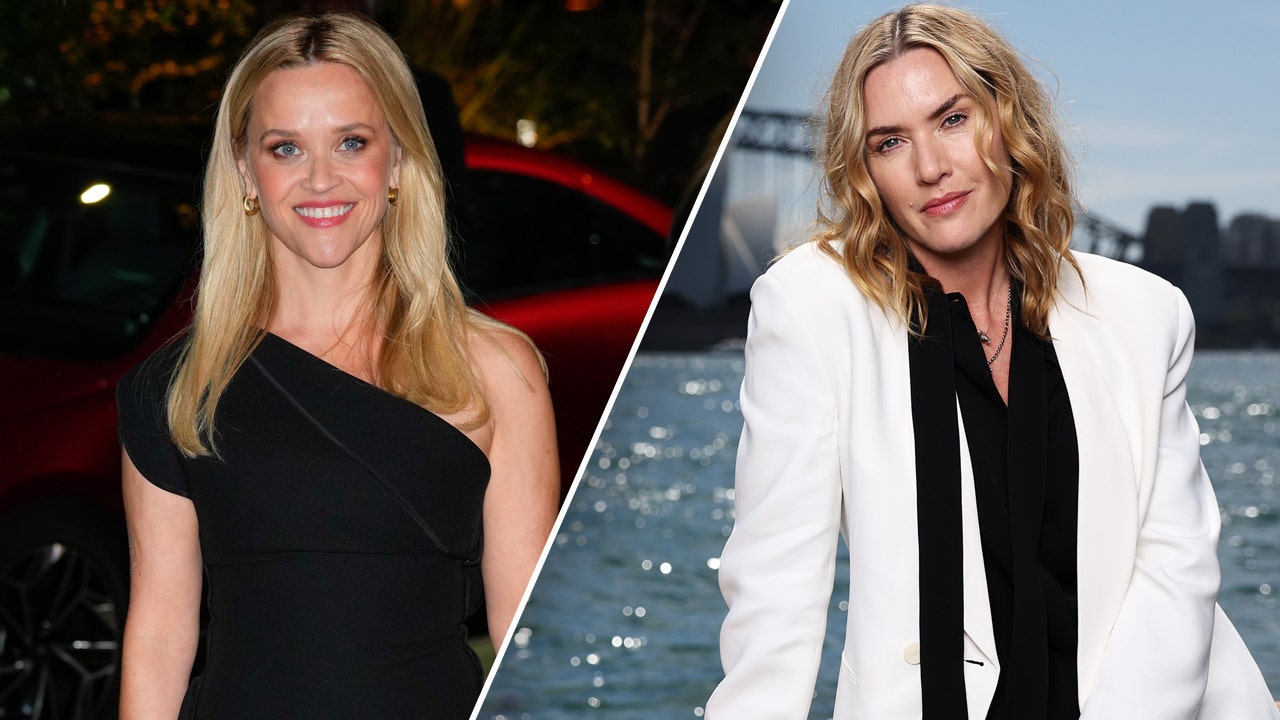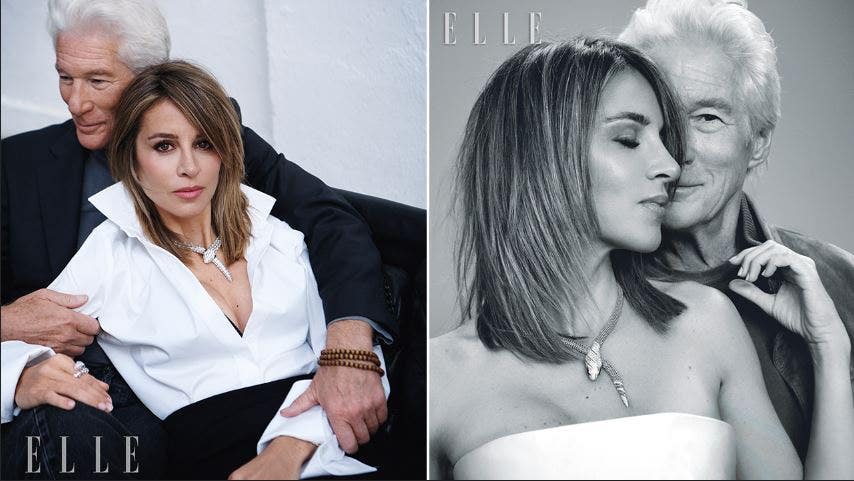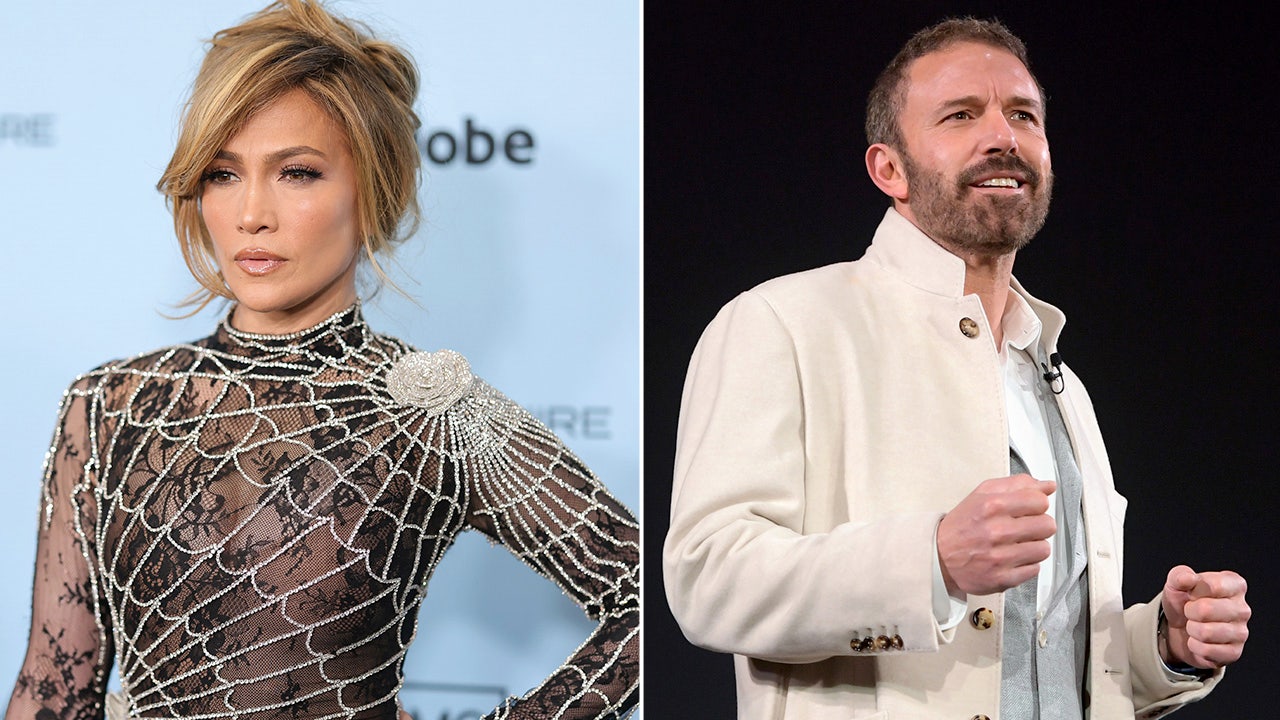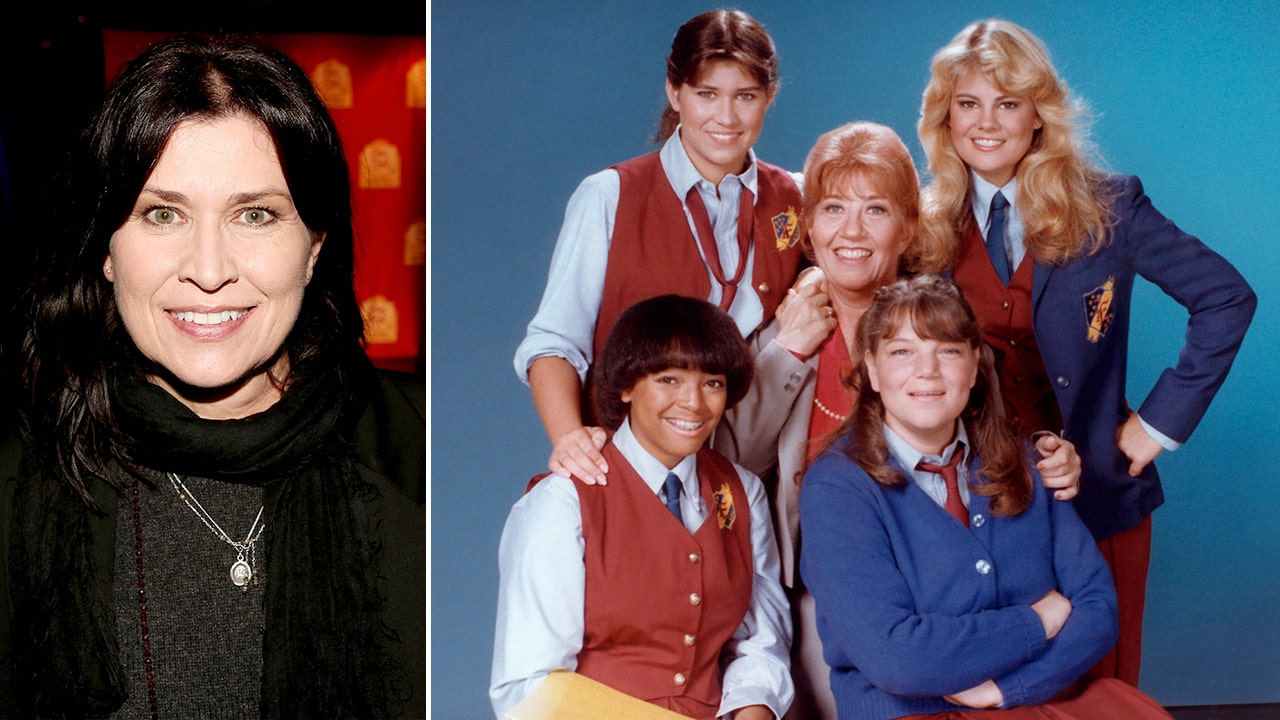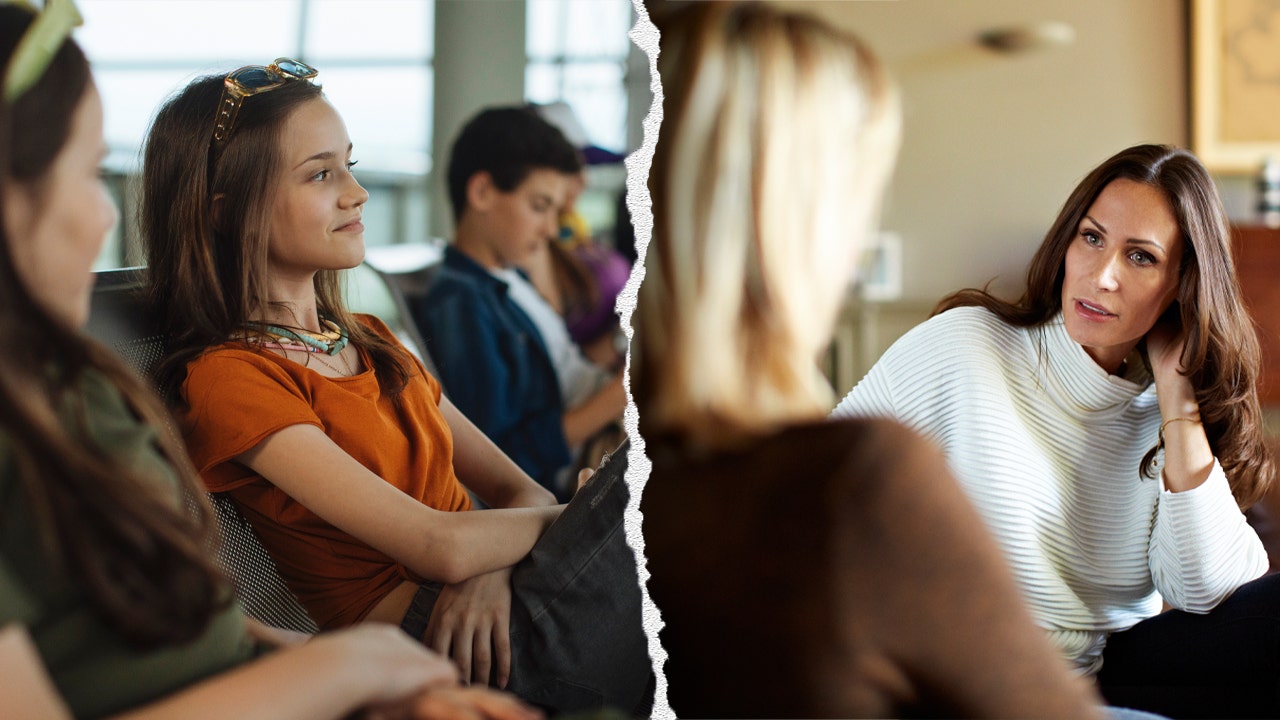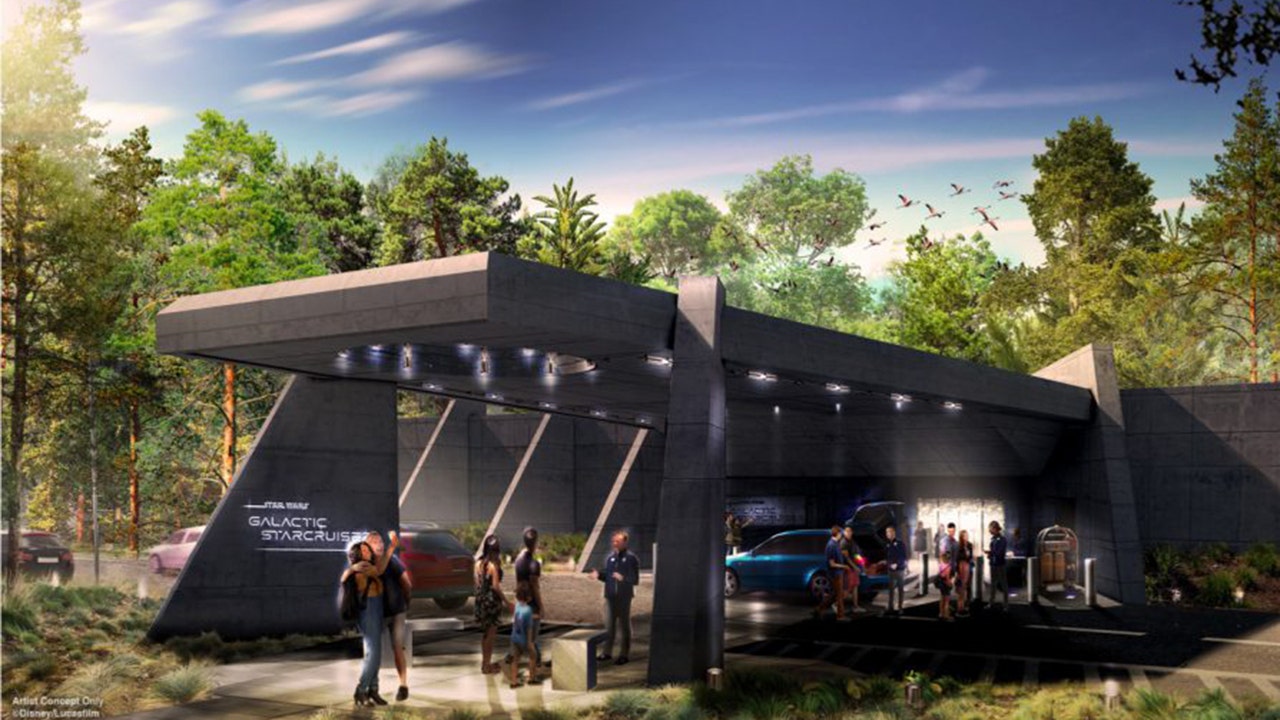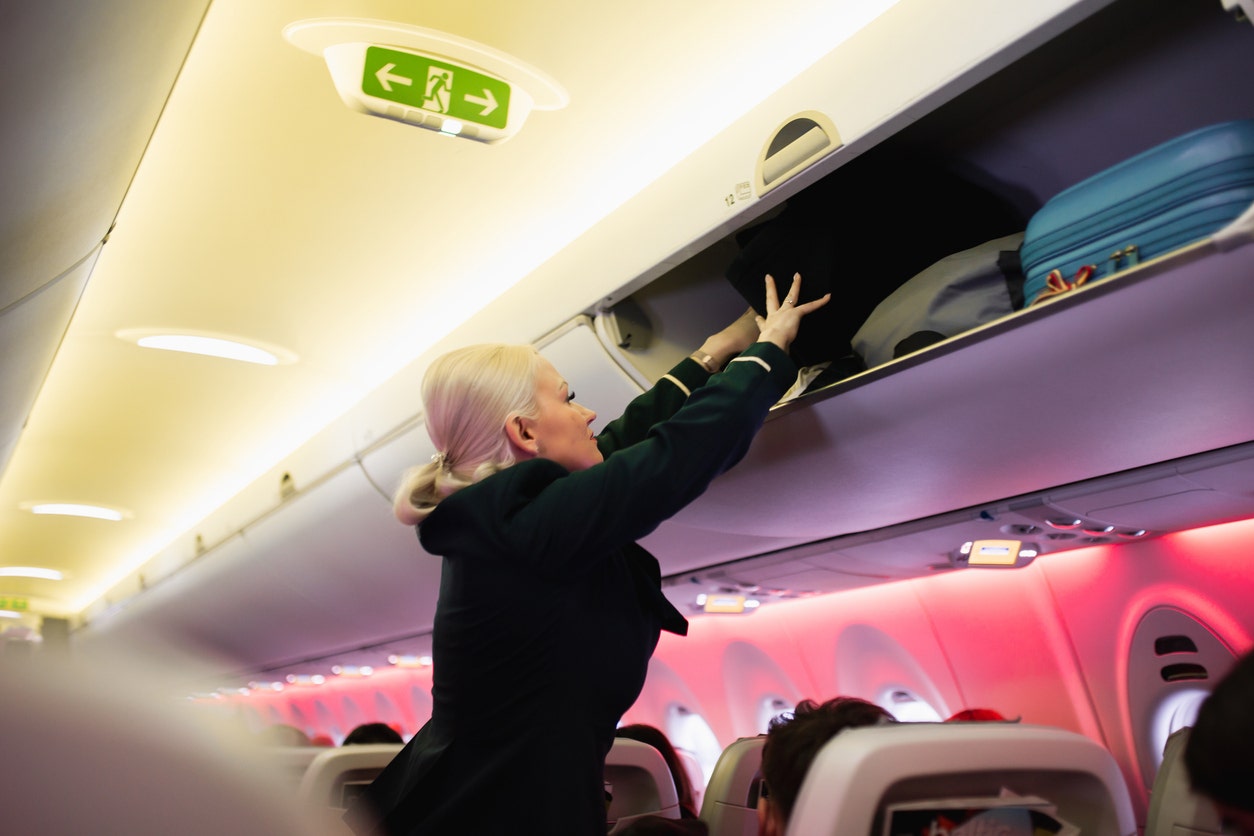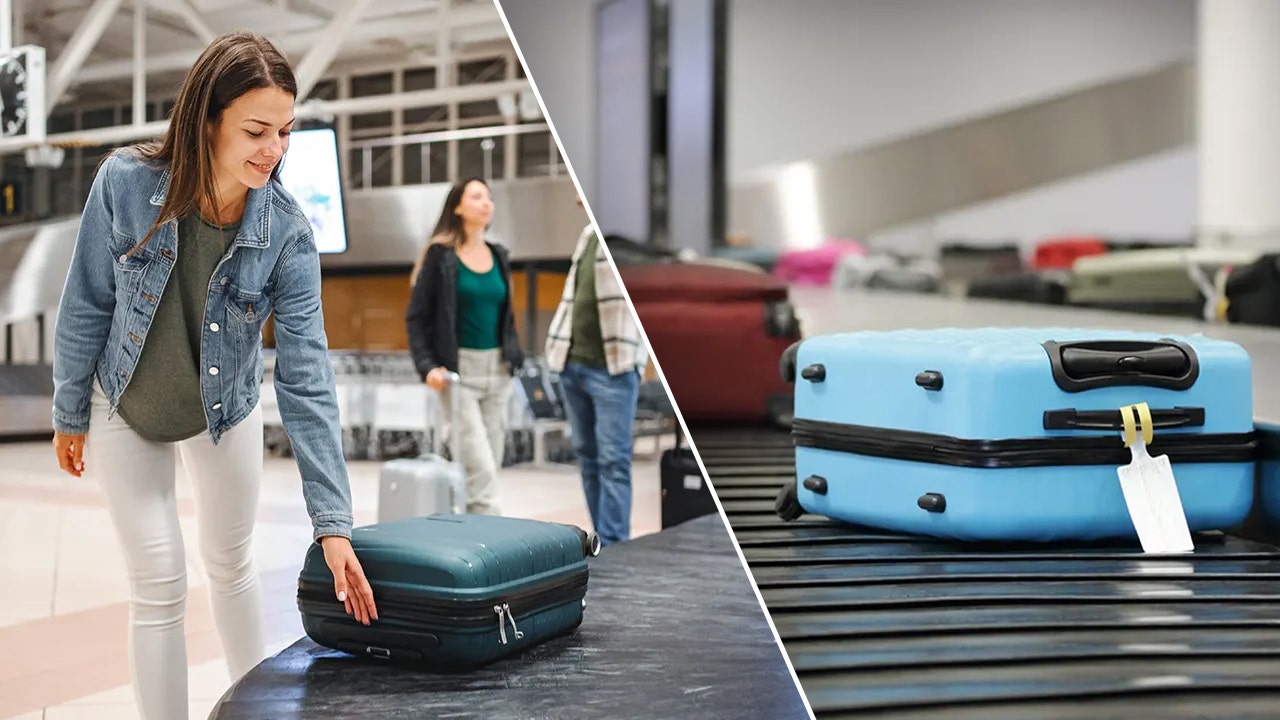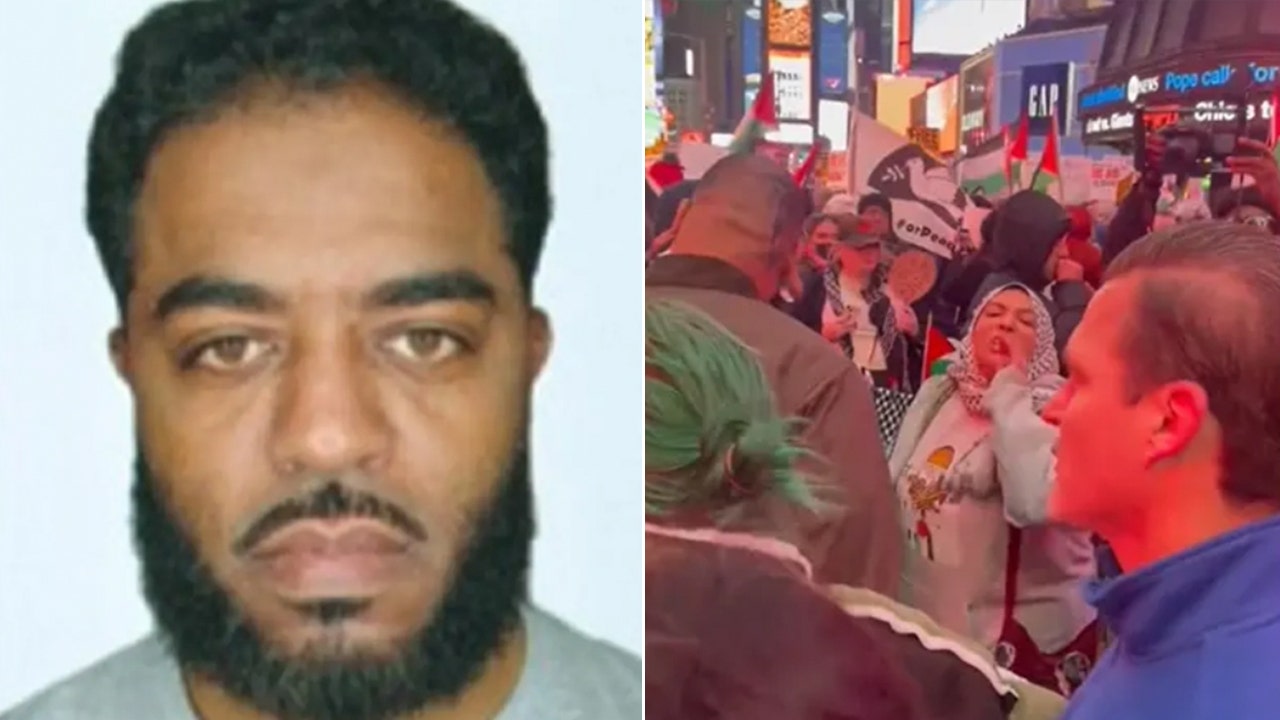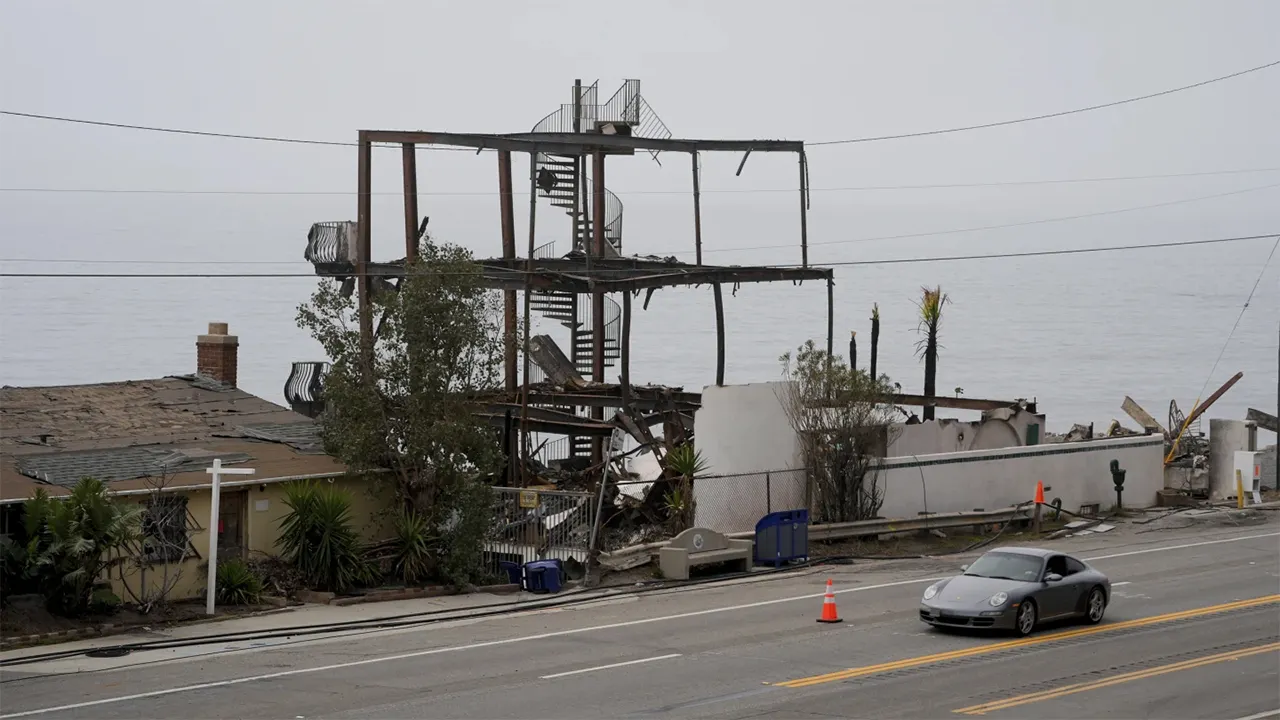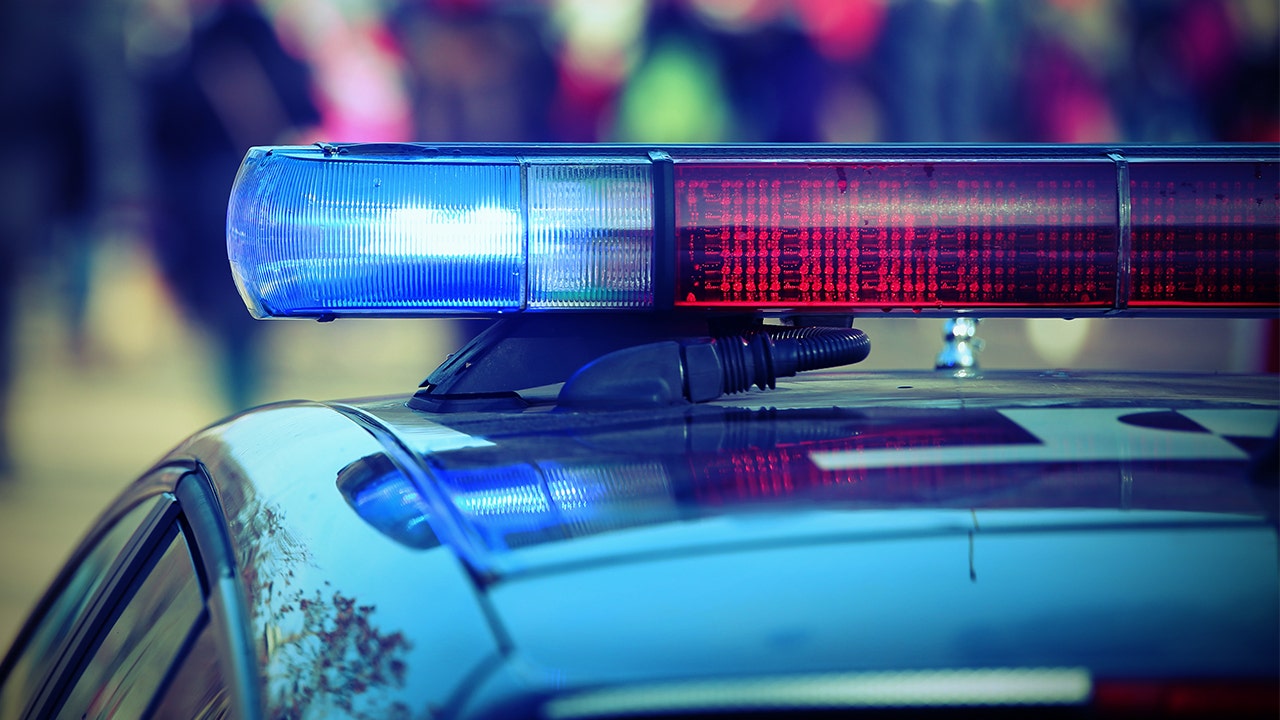In the heart of New York City, hundreds of protesters gathered in Times Square, igniting calls for an “intifada revolution” just hours after a horrific attack in New Orleans, where a man wielding an ISIS flag drove into a crowd celebrating the New Year.
The voices at the NYC protest — organized by groups like the Palestinian Youth Movement, the Party for Socialism and Liberation, and the People’s Forum — echoed loudly with shouts of “There is only one solution: Intifada revolution.” The passion in their chants could be felt in the crisp winter air, a stark contrast to the horrors they decried.
Chants Reverberate Through Times Square
Among the fervent declarations were phrases like “Resistance is glorious — we will be victorious” and “We will honor all our martyrs,” underscoring a profound connection to their cause. The sentiment was clear: “Gaza, you make us proud,” a reminder of the struggles faced across oceans.
Sign after sign, the placards displayed powerful statements such as “Zionism is a cancer,” “No war on Iran,” and “End all U.S. aid to Israel,” echoing sentiments aimed at confronting perceived injustices. The blend of fist-pumping enthusiasm and heated exchanges, including a woman in a keffiyeh yelling “Go back to Europe!” at counter-protesters, painted a vivid picture of the intense emotions at play.
Reflections Amidst Chaos
Among the chaos, one speaker’s powerful message resonated deeply: “2024 will be a year of struggle against the crime of Zionism.” Their commitment to the cause felt like a passionate vow, a determination to continue this fight for generations. “We will be here every single year for generation after generation until total liberation and return,” they proclaimed, weaving their narrative into the very fabric of the city.

Tragedy connected to the protest loomed large. Hours earlier, Shamsud-Din Jabbar, 42, unleashed his attack on revelers in New Orleans, driving a pickup truck into a bustling crowd on Bourbon Street. This shocking act claimed 15 lives, and Jabbar was ultimately killed in a shootout with law enforcement. A U.S.-born citizen from Texas, he had a military background, having served as a human resources and IT specialist. This inclination towards violence left many questioning how one could spiral into such depth of despair and rage.

In the aftermath, the FBI uncovered more than just a chaotic scene. Investigators discovered an array of weapons, including two improvised explosive devices, which heightened concerns of broader intentions behind the assault. As the pieces of this unsettling narrative began to surface, many recognized the importance of understanding the deeper implications of such violence. How do people find themselves caught in cycles of extremism? What leads to this kind of detachment from reality, where hate overshadows humanity?
In the quiet moments following the rallies and the chaos of New Orleans, one random fact cannot be overlooked: the U.S. has hosted more than 100 New Year’s celebrations in Times Square, symbolizing hopes and aspirations for the year ahead. Yet, this year, the juxtaposition of optimism in New York and tragedy in New Orleans has presented a new layer of complexity in the human experience.
Jabbar’s troubled path included recent declarations of his allegiance to ISIS. His videos revealed a man torn between two worlds — one of military duty and another steeped in a narrative of violence. These contrasting lives raise important questions about identity, purpose, and the human condition.
As the protests drew to a close, the energy didn’t simply dissipate; it lingered. In a world where hope and despair coexist, moments like these demand reflection, urging individuals to think critically about the forces shaping their lives and the lives of others. It remains a poignant reminder of the unending struggle for peace and understanding in a divided world.


